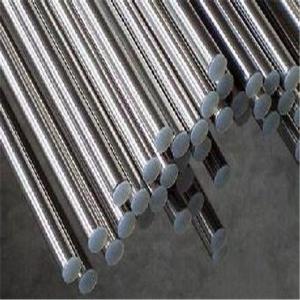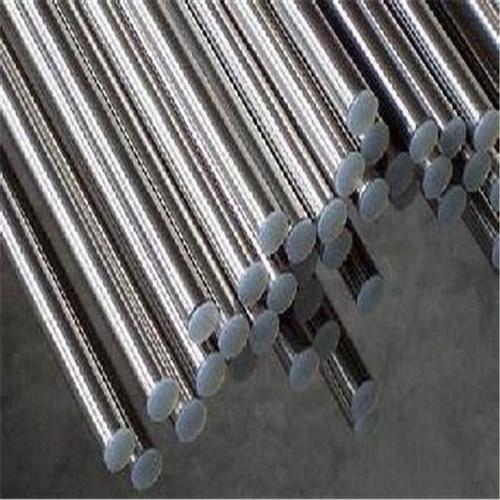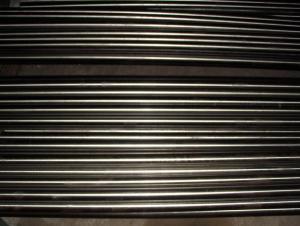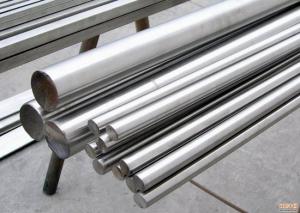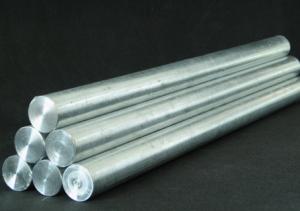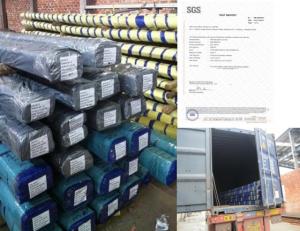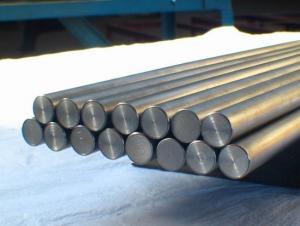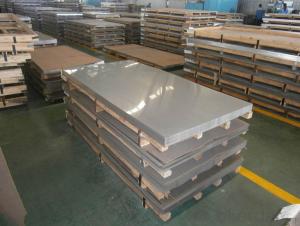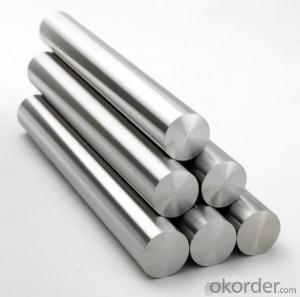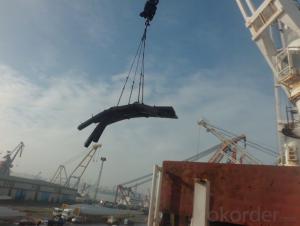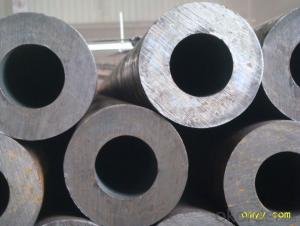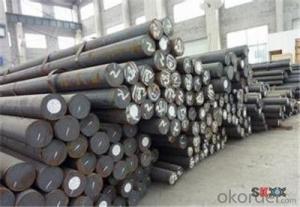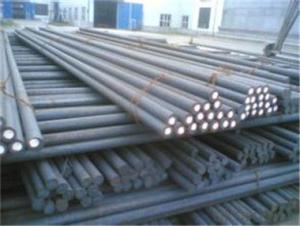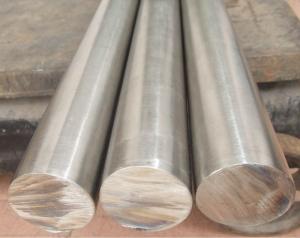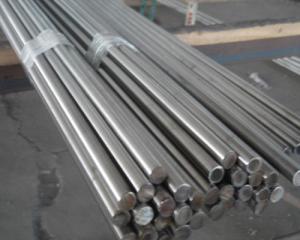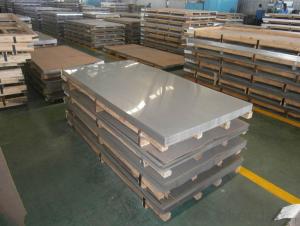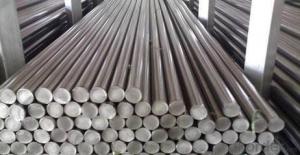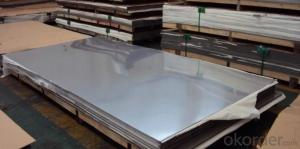Stainless Steel round bar with CE CertificateChina Supplier
- Loading Port:
- Shanghai
- Payment Terms:
- TT OR LC
- Min Order Qty:
- 5 m.t.
- Supply Capability:
- 5000 m.t./month
OKorder Service Pledge
OKorder Financial Service
You Might Also Like
Specification
China Supplier stainless steel round bar with CE Certificate
PRODUCT DESCRIPTION
Product Description
1, Diameter: 8mm-250mm rounds
5mm-9mm rods
2, Length: 2m, 3m, 5.8m, 6m or customized
3, Standard: GB, ASTM, AISI, SAE, DIN, JIS, EN
OEM technology - send detailed technical parameters for accurate quotation.
2, Produce Process: smelt iron - EAF smelt billet - ESR smelt billet -
hot rolled or forged to get the steel round bar and plate
3, Heat Treatment: annealing, normalizing, tempering, quenching
4, Surface Treatment: Black, Polished, Galvanized
5, Quality Assurance: We accept third party inspection for all orders.
You can ask testing organizations such as SGS, BV, etc. to test our products before shipping.
PRODUCTS SHOW
Products Show
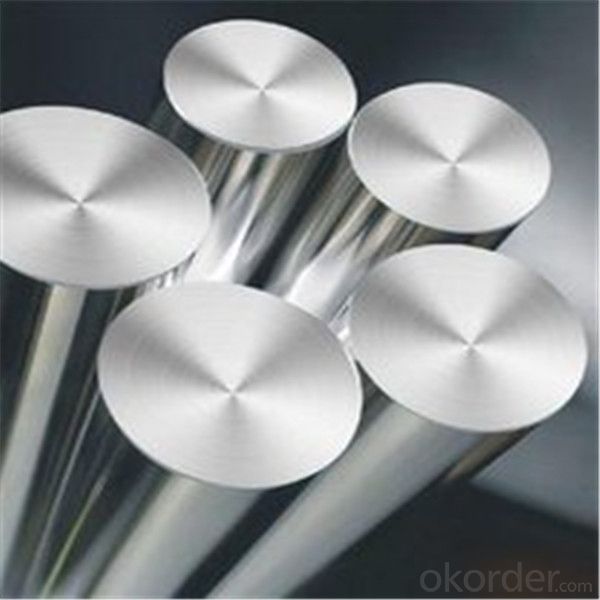
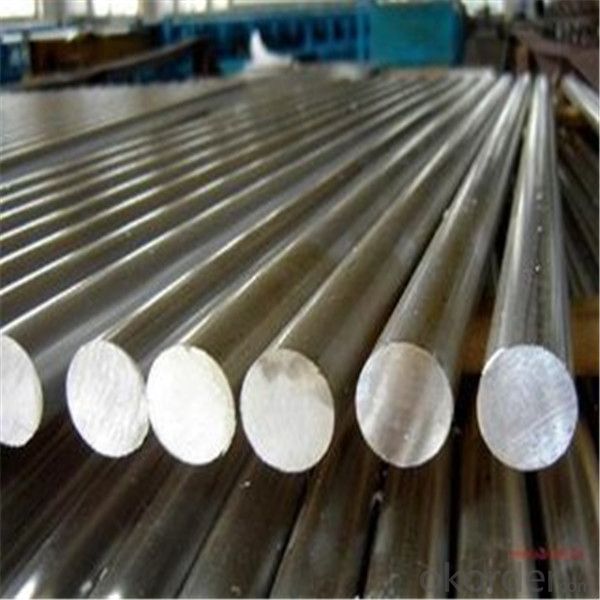
PRODUCTS&APPLICATION
Product Overviews
| Product Name | Typical Grades | Diameter(mm) | Standard adopted |
| Carbon Steel | 20 (1020/S20C/C22) | Ø16-Ø300 |
GB/SAE/JIS/DIN
|
| 40 (1040/S40C/C40) | |||
| 45 (1045/S45C/C45) | |||
| Bearing Steel | GCr9 (51100/SUJ1) | Ø12-Ø250 | |
| GCr15 (52100/SUJ2/100Gr6) | |||
| GCr9SiMn (A485-Gr.1/SUJ3) | |||
Cr-Mo Steel | 20Cr (5120/SCr420H/20Cr4) | Ø12-Ø250 | |
| 40Cr (5140/SCr440/41Cr4) | |||
| 42CrMo(4140/SCM440/42CrMo4) | |||
| Gear Steel | 20CrNiMo | Ø16-Ø600 | |
| 20CrMn(5115/SMnC420/20MnCr5) | |||
| 20CrNiMo(8620/SNCM220/20CrMiMo2) |
Application
| Carbon Steel | Mold bottom, Plastic mold, Construction machinery parts Automobile parts, Security grills, Screens, Construction |
| Bearing Steel | Aerospace, Navigation, Nuclear energy, Chemical industry Electronic information, Petrochemical, Instrument and meter Transportation |
| Cr-Mo Steel | Mechanism & Fasteners gear, Stressed components for vehicles Engines and machines, Parts of larger cross-section |
| Gear Steel | All kinds of gears, Statically and dynamically stressed component for vehicles Engines and machine, Larger cross-section parts, Crankshafts |
F A Q
FAQ
1, Your advantages?
professional products inquiry, products knowledge train (for agents), smooth goods delivery, excellent customer solution proposale
2, Test & Certificate?
SGS test is available, customer inspection before shipping is welcome, third party inspection is no problem
3, Payment Terms?
30% TT as deposit and 70% before delivery.
Irrevocable L/C at sight.
4, Trading Terms?
EXW, FOB, CIF, FFR, CNF
PACK & DELIVERY
Packaging & Delivery
1, Packaging: seaworthy package or as required
2, Delivery: 35-45 days or based on quantity
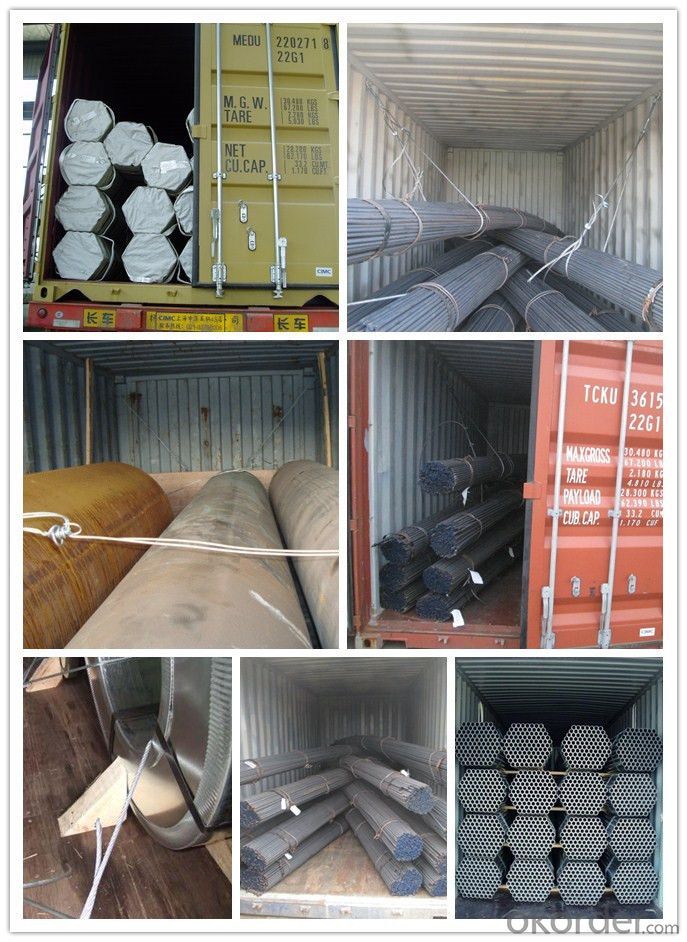
- Q: How do stainless steel bars resist phosphoric acid?
- Stainless steel bars resist phosphoric acid due to the high chromium content present in stainless steel. Chromium forms a protective layer on the surface of the steel, known as a passive film, which prevents the acid from corroding the material. This passive film acts as a barrier, effectively resisting the corrosive effects of phosphoric acid.
- Q: Can stainless steel bars be brushed or sandblasted?
- Stainless steel bars can undergo either brushing or sandblasting procedures. Brushing entails utilizing abrasive materials, such as wire brushes or sandpaper, to achieve a textured appearance known as a brushed finish. Sandblasting, on the other hand, involves propelling high-speed fine particles or abrasives to cleanse or shape the surface of the stainless steel. These methods are frequently employed to enhance the aesthetics of stainless steel bars or to ready them for future finishing techniques like powder coating or painting. It is vital to consider that the decision to brush or sandblast hinges upon the desired outcome and the project's specific demands.
- Q: How do stainless steel bars resist corrosion?
- The unique composition and properties of stainless steel bars enable them to resist corrosion. To begin with, stainless steel contains at least 10.5% chromium, which, when exposed to oxygen, creates a thin layer of chromium oxide on the surface. This layer effectively shields the steel from corrosion and prevents further oxidation or rusting. Furthermore, the inclusion of other alloying elements like nickel, molybdenum, and nitrogen enhances the corrosion resistance of stainless steel bars. These elements stabilize the protective oxide layer, making it more resistant to chemical attacks from acids, alkalis, and other corrosive substances. Moreover, stainless steel bars possess a high level of passivity, meaning they possess a natural ability to self-repair when damaged. If the chromium oxide layer is scratched or harmed, it immediately reacts with oxygen in the atmosphere to form a new layer, sealing off the exposed area and preventing the spread of corrosion. In addition, stainless steel bars exhibit exceptional resistance to pitting corrosion, a localized form of corrosion that can occur in chloride-rich environments. The alloying elements in stainless steel enhance its resistance to pitting, making it suitable for applications in marine environments or areas exposed to saltwater. To summarize, stainless steel bars resist corrosion through the formation of a protective chromium oxide layer, the addition of alloying elements, and their ability to self-repair. These properties make stainless steel bars highly durable and reliable in various industries, including construction, manufacturing, and infrastructure.
- Q: How are stainless steel bars different from other types of bars?
- Stainless steel bars stand out from other types of bars primarily because of their unique composition and characteristics. To begin with, they are crafted from an iron and chromium alloy, which grants them exceptional resistance to corrosion. Consequently, they do not easily rust or deteriorate when exposed to moisture or harsh environments, making them ideal for a wide variety of uses. Moreover, stainless steel bars possess remarkable strength and durability, rendering them suitable for heavy-duty applications. Their robustness enables them to withstand substantial loads and resist deformation, making them dependable for construction and manufacturing processes. Another noteworthy aspect of stainless steel bars is their aesthetic appeal. They boast a sleek and lustrous appearance, which imparts elegance to various architectural and decorative designs. Thanks to this feature, stainless steel bars are a favored option for both interior and exterior applications, such as handrails, furniture, and kitchen appliances. Additionally, stainless steel bars excel in heat and chemical resistance, making them well-suited for use in extreme temperatures and corrosive environments. They also exhibit excellent electrical conductivity, making them valuable in electrical and electronic equipment. In conclusion, stainless steel bars distinguish themselves from other types of bars due to their exceptional resistance to corrosion, high strength, aesthetic appeal, and resistance to heat, chemicals, and electricity. These qualities make stainless steel bars a versatile and dependable choice for a wide range of industries and applications.
- Q: Do stainless steel bars have good resistance to oxidation?
- Yes, stainless steel bars have good resistance to oxidation.
- Q: How can the stainless steel bar 310 be welded?
- Butt welding parts, filler wire for degreasing and oxidation skin. To ensure welding quality.Welding parameters: welding current, tungsten pole diameter, arc length, arc voltage, welding speed, protection air flow, nozzle diameter, etc..(1) welding current is the key factor to decide the formation of weld. Usually determined by the material, thickness, and groove shape of the weldment.(2) the welding pole diameter is decided by the welding current size. The bigger the current is, the bigger the diameter is.(3) arc welding and arc film, the arc length range is about 0.5 to 3mm, and the corresponding arc voltage is 8~10V.(4) welding speed: the current size, welding material sensitivity, welding position and mode of operation should be taken into account when choosing the welding speed.
- Q: What is the difference between solid and hollow stainless steel bars?
- The main difference between solid and hollow stainless steel bars lies in their structure. Solid stainless steel bars are completely filled and have a consistent diameter throughout their length. On the other hand, hollow stainless steel bars have a hollow center, resulting in a tubular shape. This difference in structure affects their weight, strength, and various applications.
- Q: What are the different surface finishes available for stainless steel bars?
- Some of the different surface finishes available for stainless steel bars include mill finish, brushed finish, mirror finish, and satin finish.
- Q: What is the weight of a standard stainless steel bar?
- The weight of a standard stainless steel bar can vary depending on its length, diameter, and specific grade of stainless steel.
- Q: What are the characteristics of ferritic stainless steel bars?
- Ferritic stainless steel bars have a high chromium content, which gives them excellent corrosion resistance. They are also magnetic, have good thermal conductivity, and are resistant to stress corrosion cracking. Additionally, they have a lower carbon content than other stainless steels, making them more cost-effective and easier to weld.
Send your message to us
Stainless Steel round bar with CE CertificateChina Supplier
- Loading Port:
- Shanghai
- Payment Terms:
- TT OR LC
- Min Order Qty:
- 5 m.t.
- Supply Capability:
- 5000 m.t./month
OKorder Service Pledge
OKorder Financial Service
Similar products
Hot products
Hot Searches
Related keywords
